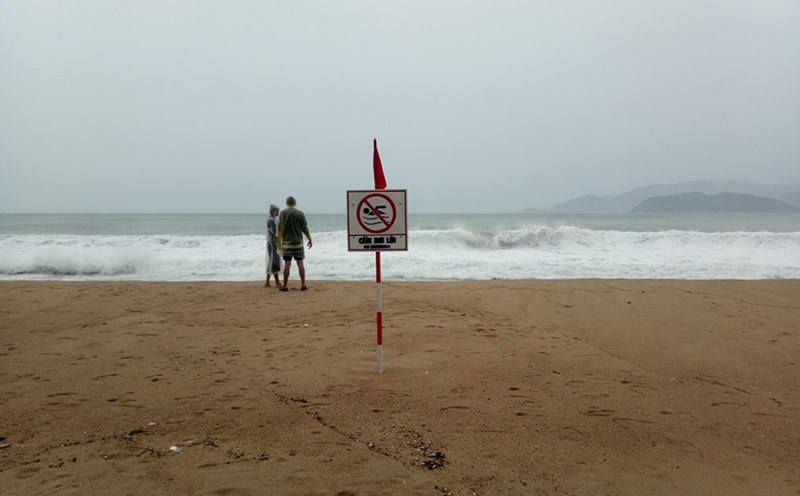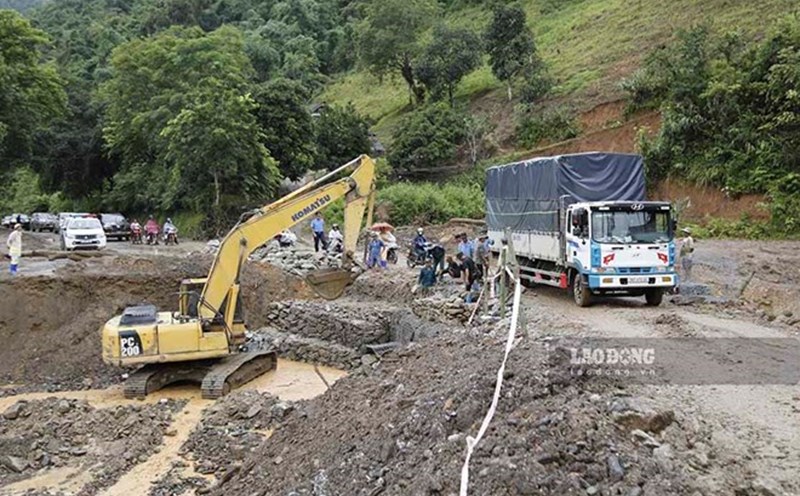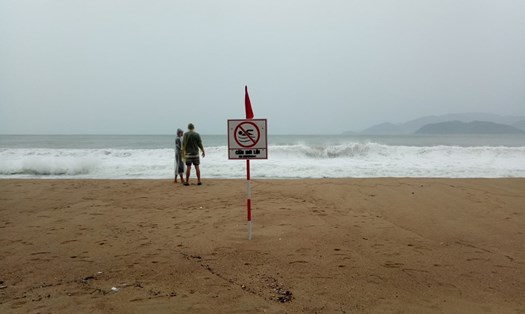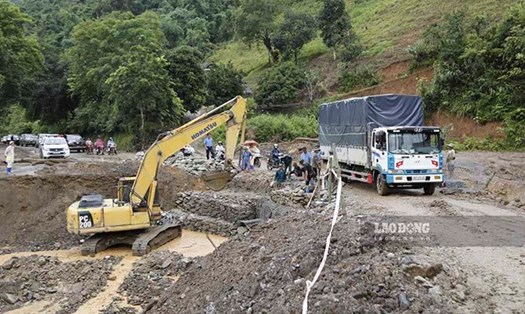After a short lull, the 2024 Atlantic hurricane season is entering what is expected to be an explosive period, according to the US National Oceanic and Atmospheric Administration (NOAA).
Weather experts warn of the possibility of many strong storms forming in the coming months. Dr. Jill Trepanier, weather expert at Louisiana State University (USA), emphasized: "August to September is the most active period of the Atlantic hurricane season."
Currently, the US National Hurricane Center (NHC) monitors a low pressure area in the central Atlantic region. According to the latest forecast, this system has a 40% chance of developing in the next 7 days and could strengthen into a tropical depression by the middle or end of this week.

"In particular, as La Nina begins to develop, we will see more tropical systems forming," said AccuWeather senior hurricane forecaster Alan Reppert.
This expert predicts that the possibility of storms forming will increase in early August.
This year's storm season got off to a remarkable start with superstorm Beryl forming in early July. Beryl broke records by becoming the fastest Category 5 storm ever recorded in history. Beryl's appearance is seen as a sign of a fierce storm season.
After superstorm Beryl, forecasters from Colorado State University (USA) increased their forecast to a total of 12 hurricanes and 25 tropical storms for this year's hurricane season.
Meanwhile, NOAA predicts an 85% chance of a stronger than normal hurricane season, with 17 to 25 named storms, of which 8 to 13 could become hurricanes.
Factors contributing to the intense hurricane season include warmer-than-normal ocean temperatures in the Atlantic, the formation of La Nina in the Pacific, and a decline in trade winds and wind shear across the Pacific. Atlantic.
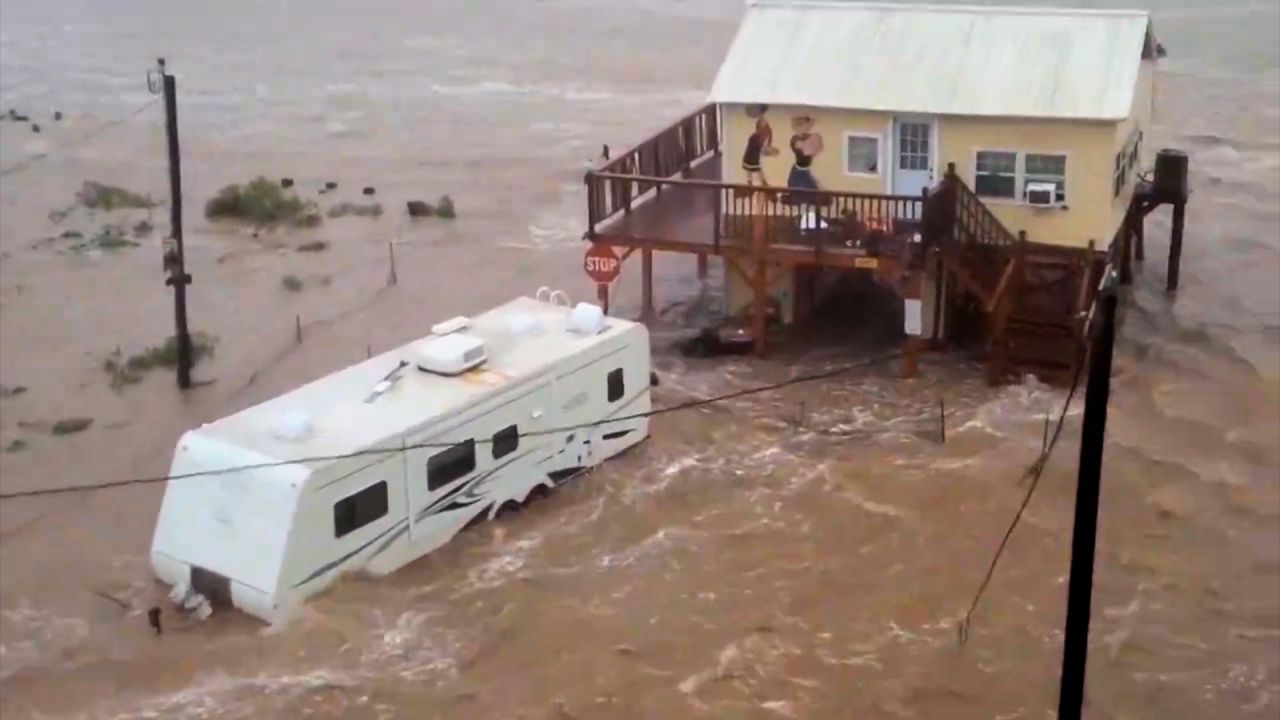
AccuWeather forecaster Bernie Rayno noted that if weather systems overcome initial unfavorable conditions, they will encounter "more favorable conditions" to develop into tropical depressions. and storms in August.
With these forecasts, experts recommend that people in coastal areas should always be vigilant and prepare for the upcoming storm season, which can be very dangerous.
Travelers planning to visit Atlantic coastal areas such as destinations along the East Coast of the United States, Barbados, Windward Islands, Trinidad and Tobago, Jamaica... need to regularly update information on weather and weather conditions. Storm warnings from official sources.
Be flexible in planning, prepare backup plans and be ready to change schedules if necessary. Buy travel insurance, making sure your insurance covers trip cancellations due to bad weather.
Avoid dangerous outdoor activities: Do not swim or participate in water activities when there is a bad weather warning.
Finally, during travel, tourists need to stay in touch, save contact information with local rescue agencies and the home country's Embassy or Consulate at the destination, and ensure the phone is always fully charged. and have backup communications for rescue in case of emergency.

